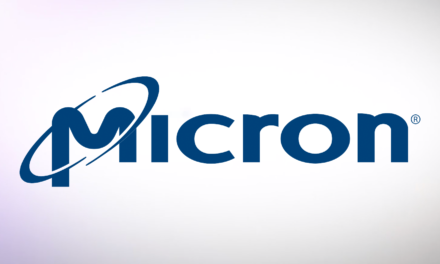
Benefits of Journal Articles Online

There are many benefits of essay writers articles online, including the ability to read and edit them. There are hypertext links, which allow readers to jump through different sections of the journal. These links can also provide external sources and additional information. In addition, journal articles online can be shared with others, which saves physical storage space. Online journals are portable, allowing more than one reader to access the same information. They are also free of charge and can be accessed anywhere.
Open access
A wide variety of scholarly works are now available online free of charge, and some are under a Creative Commons license. The BOAI has identified two key strategies to promote open access. The first is self-archiving, which Stevan Harnad refers to as the “Green Road” of open access. The second strategy is post-prints or the final published version of an article. A postprint is often an updated version of a preprint that has undergone peer review.
Creating and distributing open access works does not require significant investment, and the cost is minimal. Paper-based publishing requires significant production, storage, and distribution costs. While the cost of open-access publications is much lower, some authors still have concerns about the loss of income from their work. To protect their interests, they release their manuscripts under an open access model, allowing them to be freely shared. Scholars can better use their time, resources, and skills by allowing the public to access their works for free.
Peer review
A peer review of journal articles is a way to ensure that the article you are reading has been subjected to the same rigorous quality checks as the original research that inspired it. Journals with a peer review process have editors who work closely with field experts to assess their published manuscripts. High-quality articles should excel in novelty, relevance, and significance of the research. In addition, peer reviewers ensure that the material conforms to the standards of the target journal.
While peer review is important, the process is not perfect. It is not completely error-free and can result in biased articles. In order to avoid these issues, researchers should try to keep the process as transparent as possible. For example, many journals allow authors to submit the names of potential reviewers. Unfortunately, some authors have misused this feature by using false names and emails. This has led to some calls for peer review reform, including eliminating reviewers’ anonymity.
Impact factor
The impact factor of journal articles online is a measure of the number of citations a journal article receives. Clarivate Analytics calculates this measure. This tool measures how often a particular article is cited over a year and uses data from the Web of Science to calculate its citation average. An impact factor of 2.5 means that an article received 2.5 times as many citations as it did the previous year.
Although the impact factor is a useful metric, it has its limitations. For instance, the number of citations associated with an article in 2002 is much lower than the number associated with the same article in 2007. The h-index, or the total number of citations, is a better measure of the impact of an article than the number of citations in the same year. It is worth noting that the impact factor does not account for the quality of a journal’s articles.
Availability
A review of current databases and the availability of journal articles in the digital environment revealed a wide range of availability rates. Most electronic articles were available in full text, but not all articles were available in print. Availability rates varied by database, year of publication, and request source. The highest availability rates were found with Google Scholar and Scopus. Availability rates were highest for full-text articles published between 1986 and 1999, while availability rates varied for recent articles and those with embargoes.
While few studies have examined the availability of journal articles online, the OHSU Library has modified the availability study methodology and evaluated its access to electronic articles. The library utilizes an Innovative Interfaces WebBridge link resolver to evaluate electronic articles. The system includes access to nearly all databases and journals. It also provides access to journal literature and holdings data. The library’s catalog uses the Knowledgebase of holdings data to evaluate article availability.
Citation
If you are citing a journal article online, the first step is to locate the DOI, or Digital Object Identifier. This identifier is unique to the article and provides an ongoing link to the original content. A DOI is often printed on the article itself. This identifier is preferred over a URL, as it does not change. You can find a quick reference guide to citing journal articles in the Chicago Manual of Style.
The information you need to include in a citation for a journal article online includes the name of the journal, the title of the article, the date, and whether the article is a single or multi-authored piece. The journal’s volume or issue number is also important. Unfortunately, it may be difficult to find a specific issue number on an online journal, as most do not use issue numbers. APA, however, recommends including both volume and issue numbers.

























